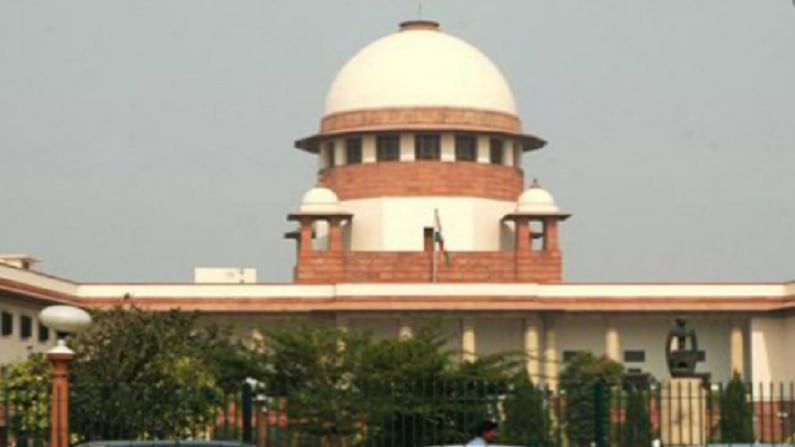Loan moratorium: Supreme Court verdict a step in the right direction
We must welcome the decision taken by the Supreme Court as the issue is fairly technical in nature and thus best left to specialist institutions such as the Reserve Bank of India

Recently the Supreme Court refused to intervene with the decision of to not extend the loan moratorium period beyond August 31, 2020. The decision came in light of a petition that asked for the relief period to be extended in the interest of borrowers while the government and the RBI maintained their policy decision to not extend the moratorium given that more people were reluctant on availing the facility.
Two important issues here: First is of the judicial intervention in the matter — and we must welcome the decision taken by the Supreme Court as the issue is fairly technical in nature and thus best left to specialist institutions such as the Reserve Bank of India. Any attempt at intervening could have made matters difficult rather than easy thereby resulting in an inefficient outcome.
The second issue here is more critical as it pertains o the financial system and the pandemic. In many ways, India’s financial system which places a greater emphasis on financial intermediaries such as banks emerged as key policy enablers.
A moratorium and restructuring of loans was possible only because banks were able to revisit the terms of contract and provide support to businesses as directed by the regulators. The same was difficult for those who had borrowed outside of the banking system. Even corporate bond market users found it comparatively difficult to revisit the terms even though most of the participants in the market are big institutional investors.
The key thing to remember is that a bank tends to accept short-term deposits and uses it to create money which is then lent out. Thus, it must maintain liquidity for its existing depositors and provide them with an interest on their deposits. It makes a revenue by charging a spread on the interest rate it offers on its loans and the interest rate it offers on its deposits.
Thus, a moratorium, even though interest is applicable on the period, would create a cash-flow mismatch for banks. Thus, at a time when banks are expected to lend out, it will witness a significant part of its expected revenues being pushed ahead in future. Moreover, interest on interest has been waived during the moratorium period but depositors will still be getting the benefits of compounding on their deposits during this period.
Thus, while one understands that borrowers may be facing a hard time and that their balance-sheets have deteriorated but the same is true for the government, the banking system and nearly every other economic agent. This is the precise reason that policy support was offered — with the intention of containing the impact of the balance sheet deterioration. To the extent that that has been achieved, policy support has to shift its focus now on accelerating growth because that is the fastest way to repair balance-sheets.
This is precisely what the government and the RBI have done over the last couple of months. As is the case, there were very small number of firms that were availing the moratorium while most banks had already started the process of restructuring of loans with the objective of providing further support to economic agents.
The COVID–19 pandemic has tested policies, policymakers and institutions across the world as at different stages of the pandemic and a different kind of policy response and institutional support was warranted. The same has been done in India which is why it is experiencing robust economic recovery.
We must respect the choice of the policymakers as they are confronted with a challenging task of viewing the entire economic system in its entirety as their objective is to get ahead of the challenging times at the fastest possible pace.
Lack of intervention by the courts must be welcomed. Policy support to firms will continue in some form or the other – but moratorium as a policy tool has certainly lived longer than what was warranted as they fulfilled their purpose long back.
(The writer is an economist and policy-researcher. Views expressed are personal)